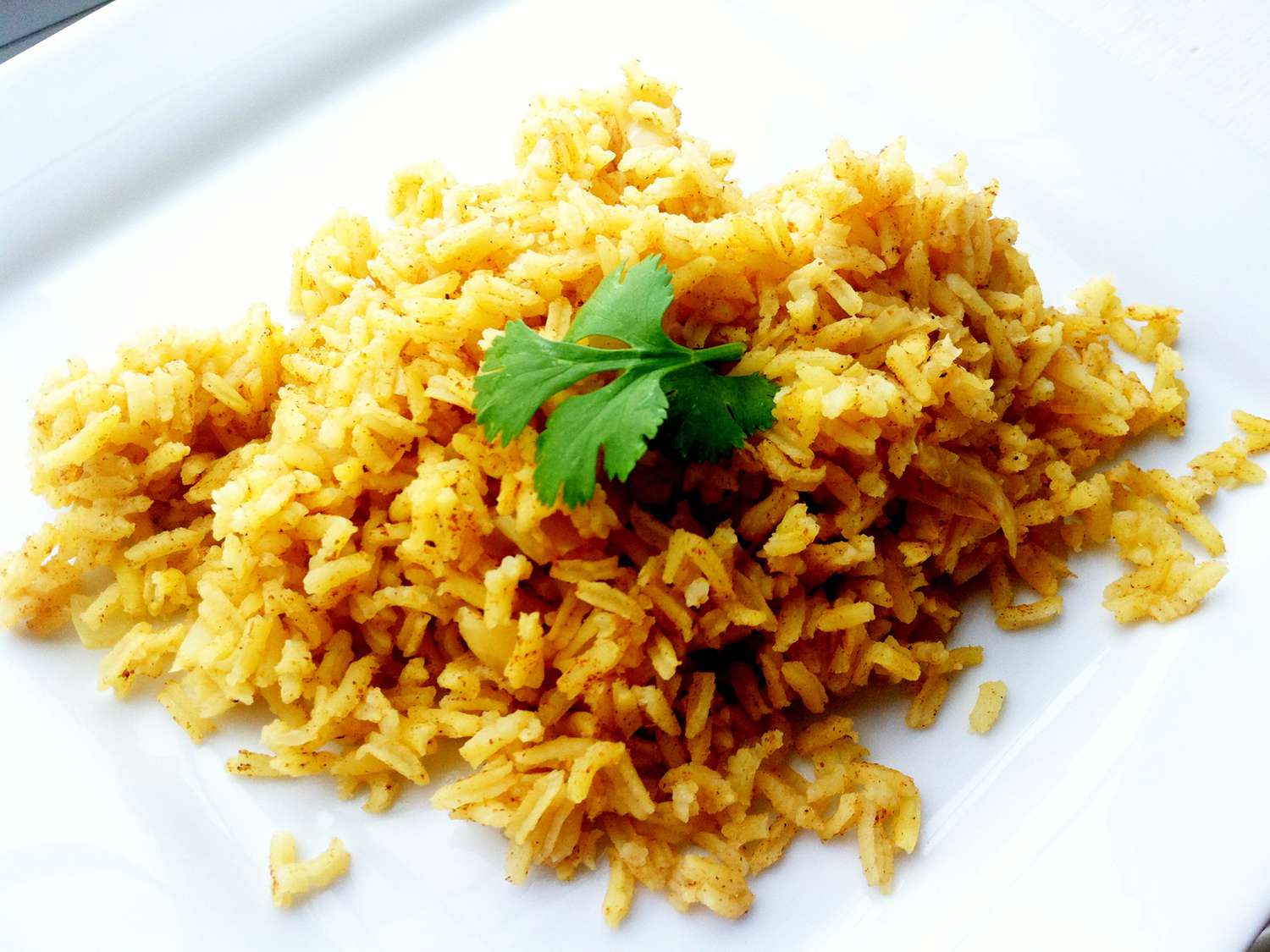When you think about it, it’s sort of incredible the number of relatively delicious dinners that come in a shelf stable cardboard box. Perhaps most iconic is boxed macaroni and cheese—a favorite of children and lazy adults who want something satisfying with minimal preparation. There’s also Hamburger Helper, which gives you everything except the titular hamburger in one handy pack. And there’s Rice-A-Roni, the San Francisco treat. However, one entrant in this category that is a little less flashy but shouldn’t go unmentioned in rice pilaf. Of course, one could make rice pilaf from scratch, and that would probably be even more delicious, but my first exposure to this savory rice concoction was in boxed form, and I’ve been a fan ever since. But despite my longtime love, I still have some questions. What is rice pilaf, exactly? What does “pilaf” mean? Let’s get some answers.
The main difference between “rice” and “rice pilaf” is the cooking technique. Rice is typically cooked in boiling water without any flavorings added. Rice Pilaf, by definition, is sautéed with aromatics before cooking in broth to create seasoned rice with more defined rice grains.

What’s in rice pilaf?
According to the back of a Near East rice pilaf box, their rice pilaf contains “rice, wheat flour, salt, autolyzed yeast extract, onions, garlic, turmeric (color).” Honestly, for a grocery store product, that’s a pretty short ingredients list. They recommend adding a smidge of oil or butter in the preparation as well.
But if you want to make rice pilaf yourself at home, there’s an easy recipe from Served From Scratch that looks delicious. They recommend olive oil, stock, parsley, long grain white rice, orzo, onion, garlic, onion powder, garlic powder, ground coriander, paprika, and salt.
What is rice pilaf?
Who else thought that “pilaf” referred to a type of rice? I did before I started writing this article. But I was wrong! So what’s rice pilaf if not a style of rice? In truth, it refers to the way the rice is prepared. Specifically, it involves cooking the rice in some form of stock or broth along with spices, and frequently adding additional ingredients such as vegetables or meat. Incidentally, pilaf can also be made with wheat.
Rice pilaf is very popular around the world. And I’m talking, very, very popular. if you don’t believe me, please allow me to quote from the Wikipedia page for the dish, which notes the following:
“Pilaf and similar dishes are common to Middle Eastern, West Asian, Balkan, Caribbean, South Caucasian, Central Asian, East African, Eastern European, Latin American and South Asian cuisines. It is a staple food and a popular dish in Afghanistan, Albania, Armenia, Azerbaijan, Bashkortostan, Bangladesh, Bulgaria, China (notably in Xinjiang), Cyprus, Georgia, Greece (notably in Crete), India, Iraq (notably in Kurdistan), Iran, Israel, Kazakhstan, Kenya, Kyrgyzstan, Mongolia, Nepal, Pakistan, Romania, Russia, Serbia, Sri Lanka, Tanzania (notably in Zanzibar), Tajikistan, Turkey, Turkmenistan, Uganda, and Uzbekistan.”
Thank you to whatever Wikipedia editor took the time to list all the places where people like pilaf.
Rice pilaf: A simple and tasty side dish
FAQ
What makes a pilaf a pilaf?
What is the difference between rice pilaf and steamed rice?
Why is it called rice pilaf?
What does pilaf taste like?
